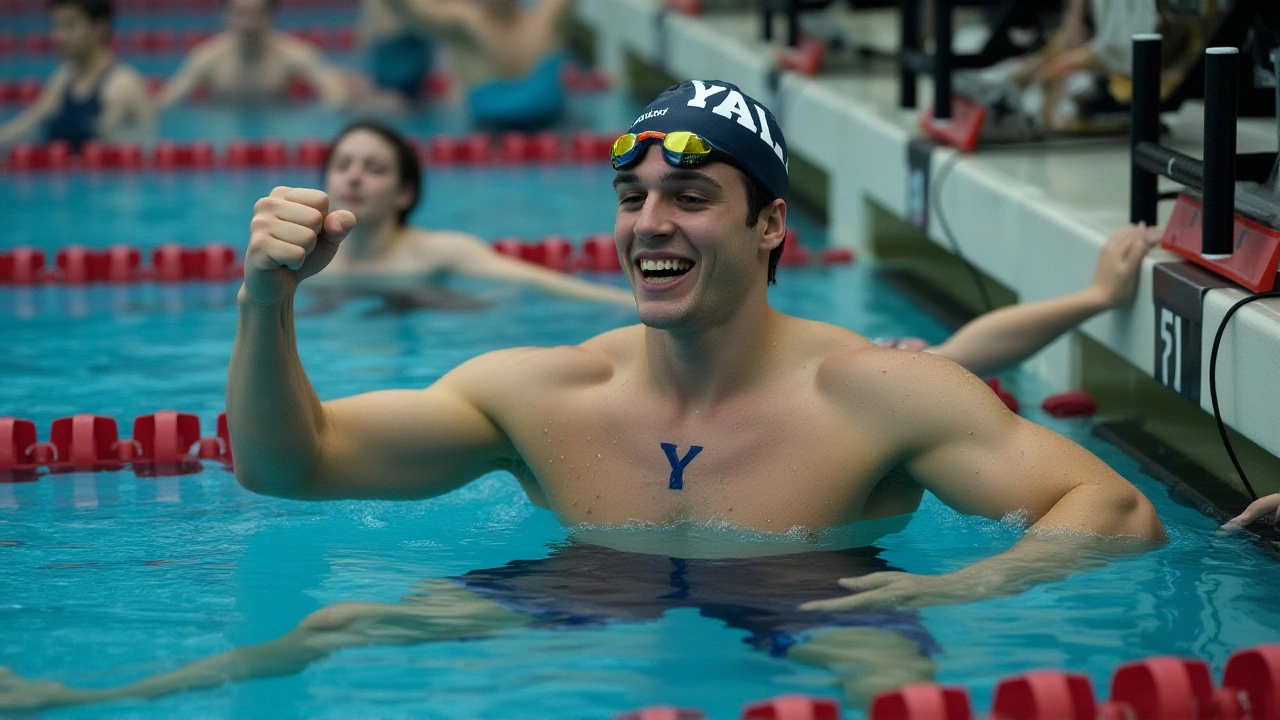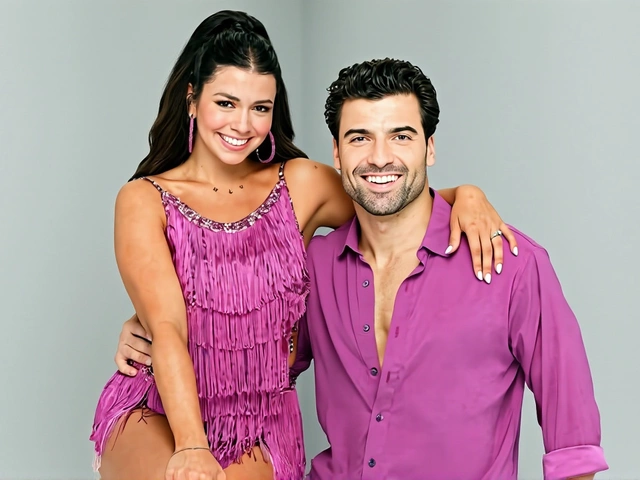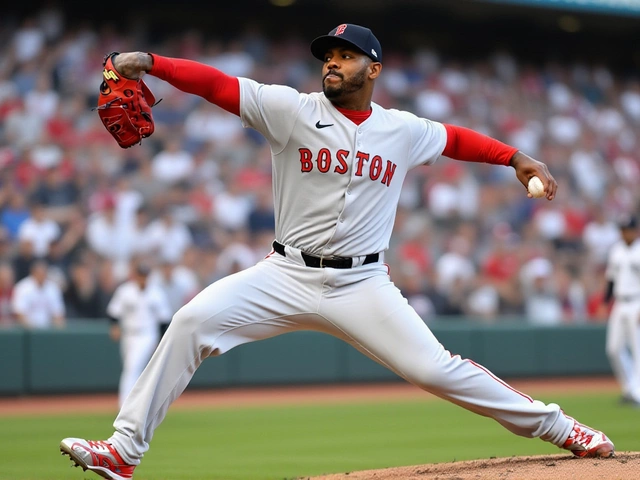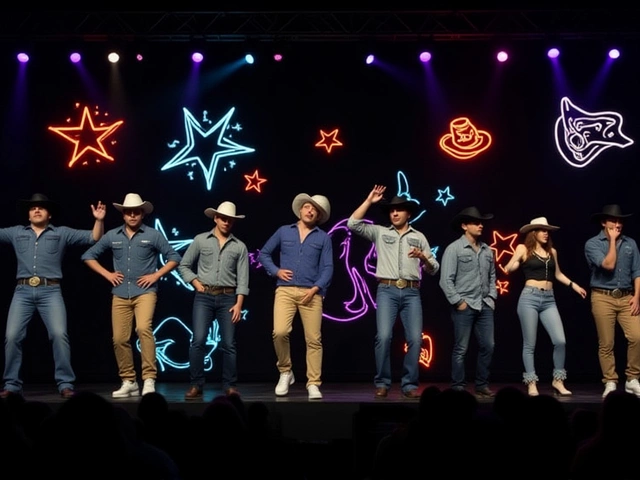Swimmers across the Ivy League didn’t just race last week—they rewrote history. During Week Two of the 2025-26 dual meet season, Princeton University and Harvard University traded blows in the pool, while a new 200 medley relay record of 1:26.50 shattered expectations. The feat, powered by Lars Kuljus and an unnamed teammate, wasn’t just a flash in the pan. It was the latest sign that this season’s collegiate swimming scene is accelerating faster than anyone predicted.
Princeton’s Early Dominance and the Week Two Shake-Up
Princeton’s women’s team entered Week Two with a perfect 2-0 record and a staggering seven pool records set in Week One alone. Their dominance wasn’t just about speed—it was about consistency. Coaches described the team as "machine-like," with swimmers hitting personal bests in every stroke. But the twist? Week Two didn’t go as planned. In a surprise result at Yale University’s Davenport Pool, Princeton’s 400 freestyle relay, previously unbeaten this season, finished third. The loss, by just 0.37 seconds, sent shockwaves through the standings."We thought we had this locked," admitted one Princeton assistant coach, speaking off-record. "Then you get a freshman from Brown out-touching your senior captain by a fingertip. That’s college swimming now. No one’s safe."
Harvard’s Quiet Rise and the Changing Power Structure
While Princeton was busy breaking records, Harvard University quietly built its own legacy. After Week One, Harvard held a perfect 7-0 conference record and 9-0 overall—far ahead of anyone else. But what’s more telling is their depth. Of their 14 individual winners in dual meets, 11 were underclassmen. The Crimson’s 200 backstroke time of 1:51.84, set by sophomore Elena Vargas, is now the fastest in Ivy history since 2019.Meanwhile, Yale University and Brown University are punching above their weight. Yale’s men’s team, once considered a mid-tier program, now boasts three swimmers ranked in the top 10 nationally in their events. Brown’s 4-3 conference record might look modest, but their 5-3 overall record includes wins over both Princeton and Columbia—teams that were expected to dominate.

The Record-Breaking Machine
It’s not just one event. It’s everywhere. In Week Two alone, five new pool records were set across eight Ivy League venues. The 100 breaststroke at Cornell University’s Kroch Pool fell by 0.78 seconds. The 50 freestyle at University of Pennsylvania’s Bartholomew Pool was clocked at 20.11—faster than any NCAA qualifier last year.What’s driving this? It’s not just better training. It’s technology. The HY-TEK MM 7.0Gb timing system, used in every Ivy pool, now captures split times down to the thousandth of a second. Coaches use that data to adjust starts, turns, and finishes in real time. One coach told SwimSwam: "We’re not just swimming faster—we’re swimming smarter."
What’s Next: The Road to the Championship
The 2026 Ivy League Swimming & Diving ChampionshipsPrinceton, New Jersey loom large. Scheduled for February 26 through March 1, this will be the ultimate test. Will Harvard’s depth hold up? Can Princeton recover from their Week Two stumble? And will a dark horse like Dartmouth College or Columbia University finally break into the top three?The stakes? More than just a trophy. Ivy League swimming is becoming a pipeline for U.S. Olympic trials. Last year, three Ivy swimmers qualified for Team USA. This year, scouts from USA Swimming are already tracking five athletes from the conference. The record-breaking times aren’t just for show—they’re résumé builders.
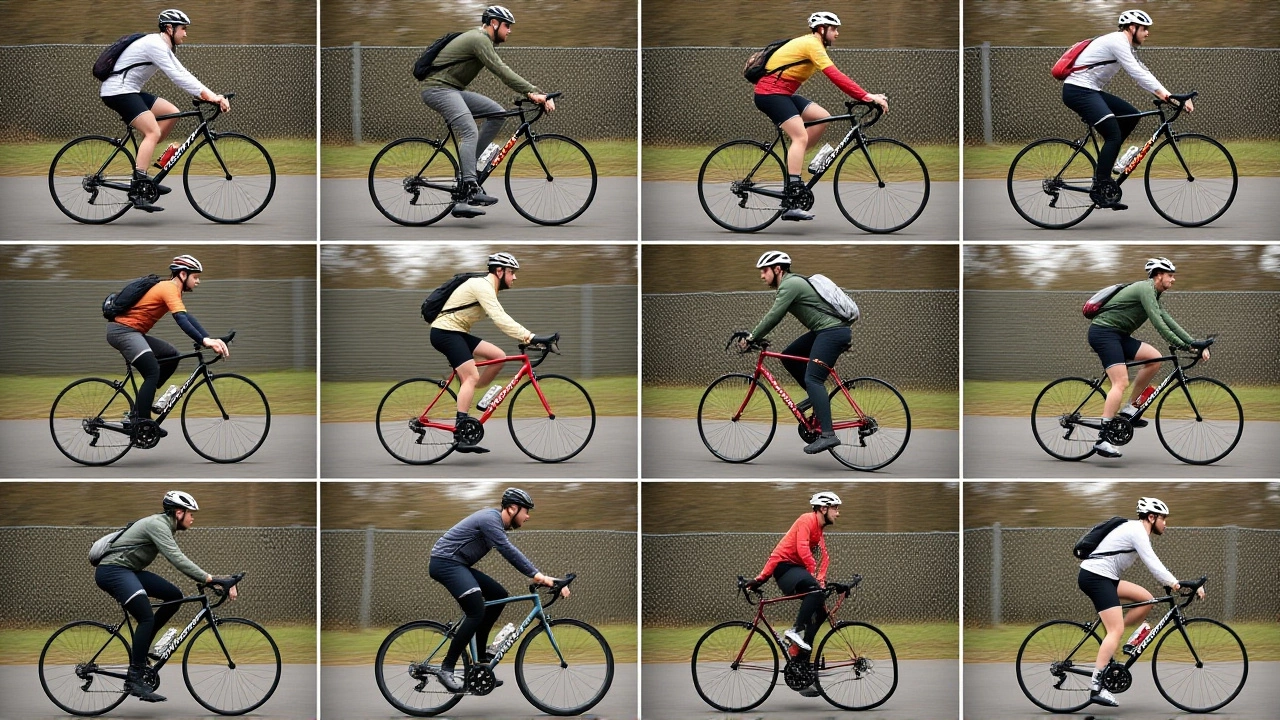
Why This Matters Beyond the Pool
For decades, Ivy League swimming was seen as a secondary pursuit—a way for elite students to stay in shape while studying. That’s over. These athletes train 20+ hours a week, often with private coaches, nutritionists, and sports psychologists. The facilities? State-of-the-art. The budgets? Not public, but clearly growing. And the results? They’re matching Division I powerhouses.It’s not just about who wins. It’s about what this says about collegiate athletics. The Ivy League isn’t holding back anymore. It’s competing. And the rest of the country is taking notice.
Frequently Asked Questions
How did Lars Kuljus and his relay team break the 200 medley record?
Lars Kuljus swam the breaststroke leg of the 200 medley relay, splitting 27.12 seconds—the fastest breaststroke leg in Ivy League dual meet history. Combined with a blistering backstroke start and a powerful freestyle anchor, the team shaved 0.83 seconds off the previous record. Their training focus on underwater dolphin kicks off the turns was cited by coaches as the key difference.
Why are so many pool records falling this season?
Several factors: improved youth development programs, advanced timing tech like HY-TEK MM 7.0Gb, and increased access to sports science. Many Ivy swimmers now train year-round with private coaches, unlike past decades. Also, the psychological boost from competing in packed, high-profile dual meets has raised competitive pressure—and performance—across the board.
Who are the top contenders for the 2026 Ivy League Championship?
Harvard leads the women’s standings at 7-0, but Princeton’s depth and relay strength make them dangerous. On the men’s side, Yale has surged past Brown and Columbia, while Princeton and Harvard remain neck-and-neck. Look for unexpected challengers like Dartmouth and Cornell, whose underclassmen are posting times that would’ve won titles just three years ago.
What’s the significance of the HY-TEK MM 7.0Gb system?
The HY-TEK MM 7.0Gb system captures split times down to 0.001 seconds, allowing coaches to analyze every turn and stroke with precision. It’s not just about recording results—it’s about diagnosing weaknesses. Teams use this data to tweak starts, optimize relay exchanges, and even adjust breathing patterns. This level of detail is what’s turning good swimmers into record-breakers.
Are Ivy League swimmers now competitive with NCAA powerhouses?
Yes, increasingly so. Last season, 12 Ivy swimmers qualified for the NCAA Championships—more than any other conference outside the SEC and ACC. This year, five swimmers have already posted times faster than the NCAA B-cut. While they don’t offer athletic scholarships, their academic reputation attracts top talent who train as hard as anyone in the country.
Where are the dual meets held, and does location matter?
Dual meets rotate among all eight Ivy campuses—from Princeton, New Jersey to Hanover, New Hampshire. Pool conditions vary: some are 25-yard, others 50-meter; water temperatures differ by up to 2°F. Swimmers report that adapting to different environments—especially colder pools in the north—has become part of their training strategy, making them more versatile overall.
